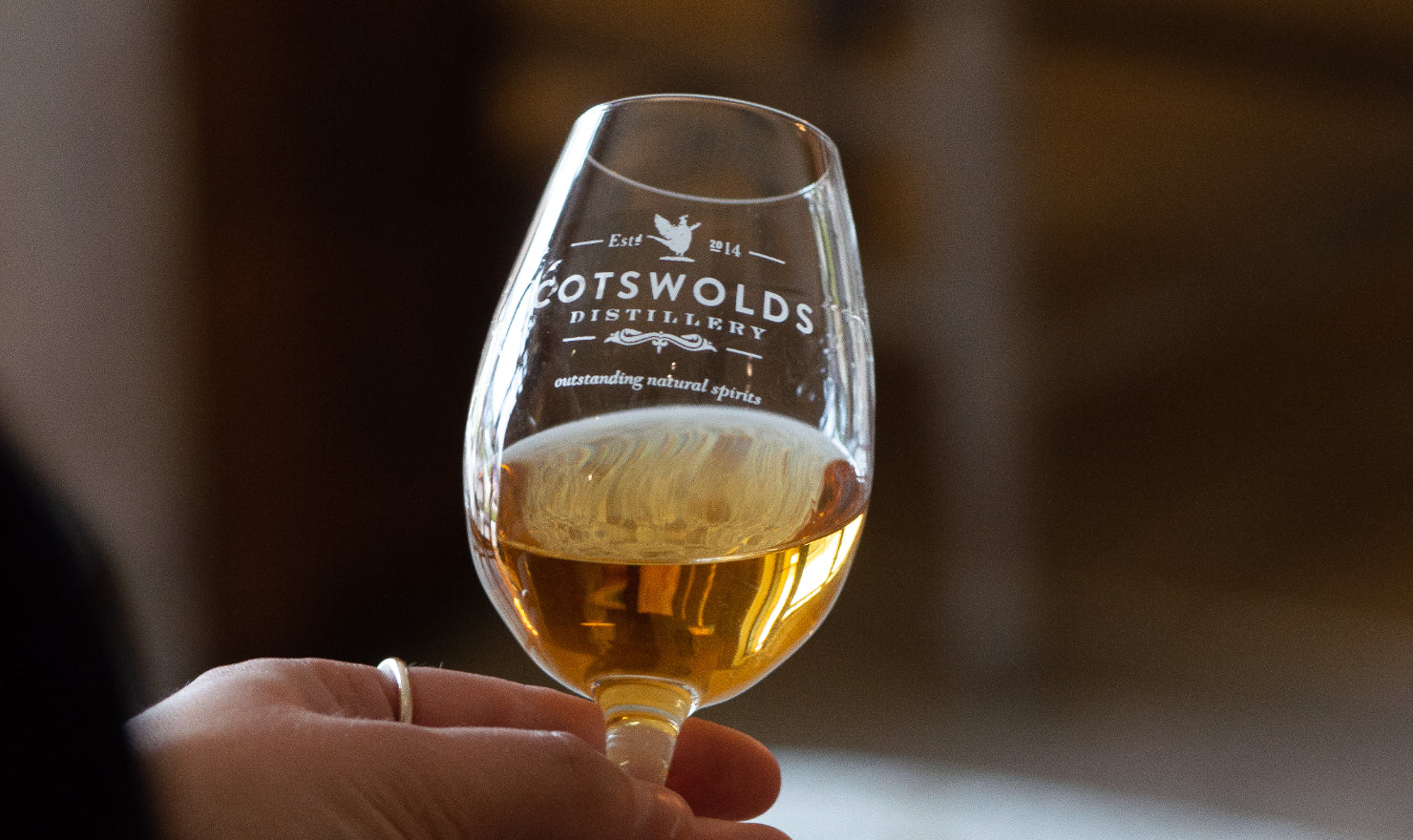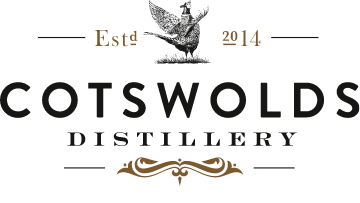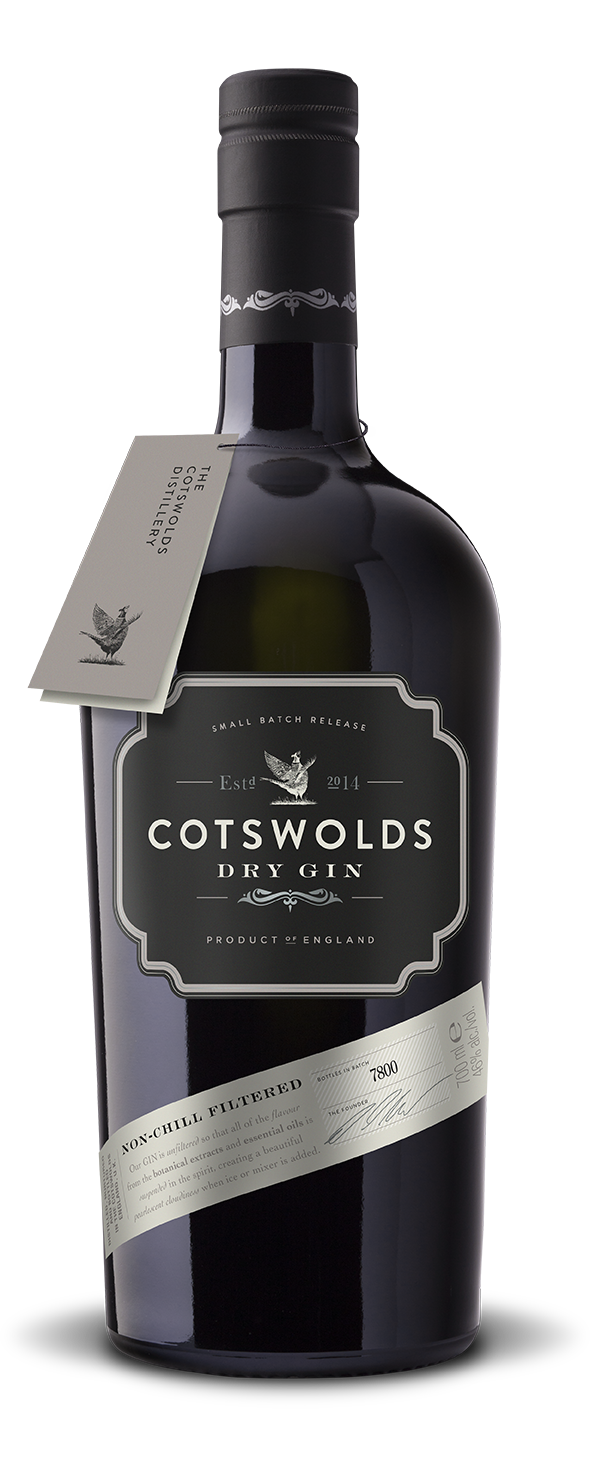
If you're new to whisky, the world of whisky can be slightly intimidating. 'Where is whisky made? Does age matter? How should I drink it? What even is whisky!?' To help make things a little easier, we've put together a beginner's guide to buying and drinking whisky to help you begin your journey.
So, let's get started...
What is whisky and how is it made?
In a nutshell, whisky is a spirit distilled from grain (generally corn, rye, wheat or malted barley) and typically aged in oak barrels. There are several styles of whisky, making it an incredibly diverse category which appeals to all ages.
Here at the Cotswolds Distillery, all of our single malt whiskies are made from 100% locally grown barley from the Cotswolds, which is traditionally floor-malted by hand for several days. It is then combined with water before yeast is added to convert the sugars into alcohol - our fermentation process is longer than most as it means our spirit will have lots of fruity flavours. We then carry out double distillation in our beautiful copper pot stills, during which we only select the purest spirit, and finally the spirit is left to mature in cask for a minimum of three years. Not all of the spirit ends up in the bottle, however; some is lost in the ageing process due to evaporation - this is known as the Angel’s Share! We bottle all of our whisky onsite and do not add any artificial colouring - the colour of our whisky is completely natural.
What is the difference between a single malt and blended whisky?
Single malt whisky is always produced from one single distillery and the whisky must be made using 100% malted barley (barley that has been allowed to germinate and then dried). Typically, a combination of cask types and ages of whisky are blended together from a single distillery to create a specific flavour profile, but this does not mean it is a ‘blended whisky’.
Blended whisky uses spirit from more than one distillery which is blended together to make the final product. These whiskies can be made using more than one grain e.g. corn, rye & wheat. If labelled ‘blended malt whisky’ then the whisky has been produced using exclusively malted barley from more than one distillery.
What is peated whisky?
Peated whisky has a distinct smokey flavour and is made by adding peat (partially decomposed organic matter) to the fire during the drying process of the malted barley. The peat smoke produces flavour compounds which are absorbed by the barley grain.
There are also other ways, however, to obtain a peated flavour without adding peat to the fire. Peat bogs are not found here in the Cotswolds, and so we use maturation to add a peated flavour to our spirit. When making our Cotswolds Peated Cask Single Malt Whisky, we take our un-peated spirit and age it in a cask that previously held a peated whisky, resulting in a wonderfully-balanced rich and fruity whisky with a subtle smoked peat flavour - perfect for a novice whisky drinker.
Where is whisky made?
Whilst Scotland is famous for producing whisky, there are many countries now producing whisky across the globe, from Iceland to Australia!
English whisky is produced by distilleries south of the Scottish border and is now a very exciting, rapidly-expanding category worth exploring. A few years ago there were only a handful of English distilleries producing whisky; there are now more than 20.
Why do some whiskies state age on a bottle?
In the UK, all whiskies legally have to be matured for a minimum of three years. Distilleries will sometimes differentiate their bottlings typically by age or by what cask/combination of casks it has matured in. An age statement on a bottle, e.g 12 years old, simply means the youngest whisky in the bottle has aged for a minimum of 12 years in cask.
Does age matter?
Age definitely influences the whisky’s flavour, but this doesn’t mean it’s the most important factor to consider when buying a whisky. In fact, not all whiskies will have an age on the label.
The flavour of a whisky can vary drastically depending on the type of cask used, or the quality of the cask and the conditions in which the cask is stored, amongst many other things. Age is not a good identifier of quality on its own but can be useful when taken into account alongside many other factors that influence a whisky’s flavour.
Why does the price of whisky vary so greatly?
Some distilleries are very large and produce a large amount of whisky, therefore their costs are lower. Other distilleries produce a smaller quantity of alcohol and so will have higher costs – particularly if their focus is on more costly (often manual) artisanal production techniques. Also, the degree of alcohol at bottling strength will play a factor in the price, as alcohol is typically taxed based on strength by volume.
Making whisky isn't a quick and easy process. From sourcing our barley locally here in the Cotswolds and traditionally floor-malting it by hand for several days, to carefully ensuring our spirit is smooth, pure and free from any impurities, we don’t cut any corners and believe in taking our time to lovingly craft each and every batch of whisky.
How should you drink whisky?
However you like! Whether you like to drink it neat, over ice or with a few drops of water, we don’t believe in rules when it comes to enjoying whisky. Our classic Cotswolds Signature Single Malt Whisky is delicious topped up with ginger ale and a slice of orange, or mixed with soda water for a longer, refreshing serve. For something a little different, you could always try making a cocktail, such as an Old Fashioned or a Manhattan with our Cotswolds Vermouth.
Ingredients
(Serves 1):
50ml Cotswolds Dry Gin
A bottle of Indian Tonic Water
Grapefruit slice
A bay leaf
A handful of ice
How to make
Place all of the ingredients into an ice-filled shaker, shake and strain into ice-filled glass. Garnish with a slice of grapefruit and a bay leaf.


